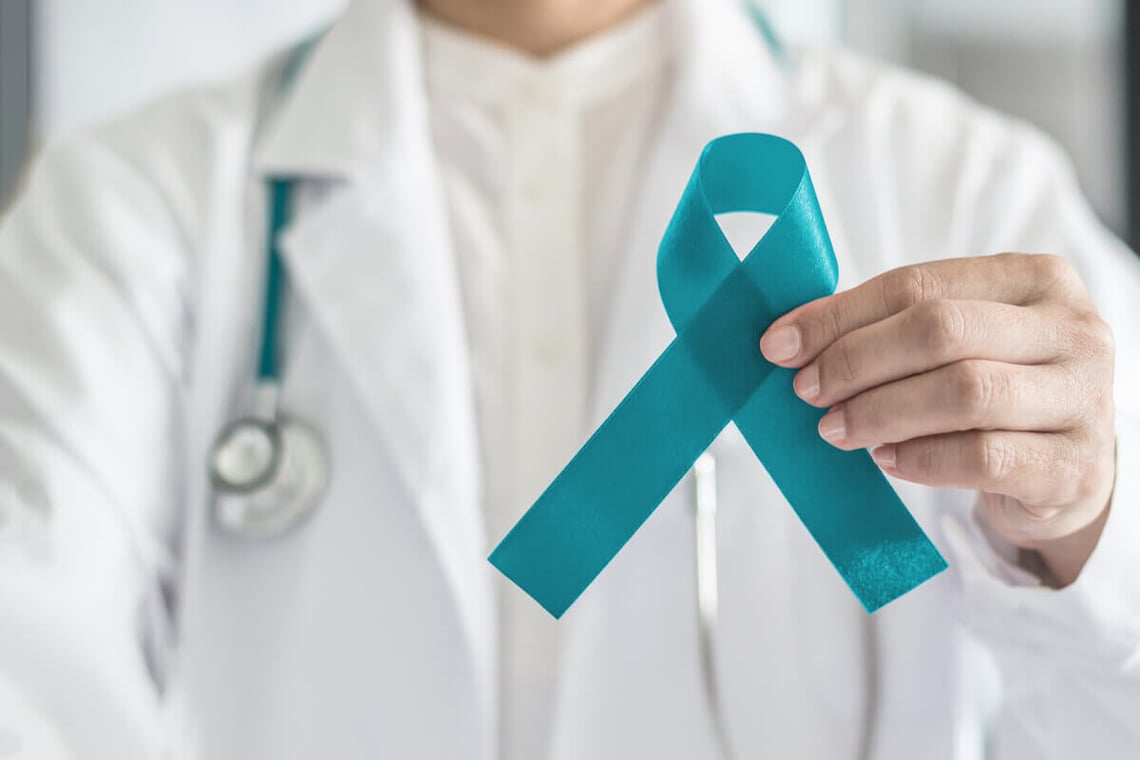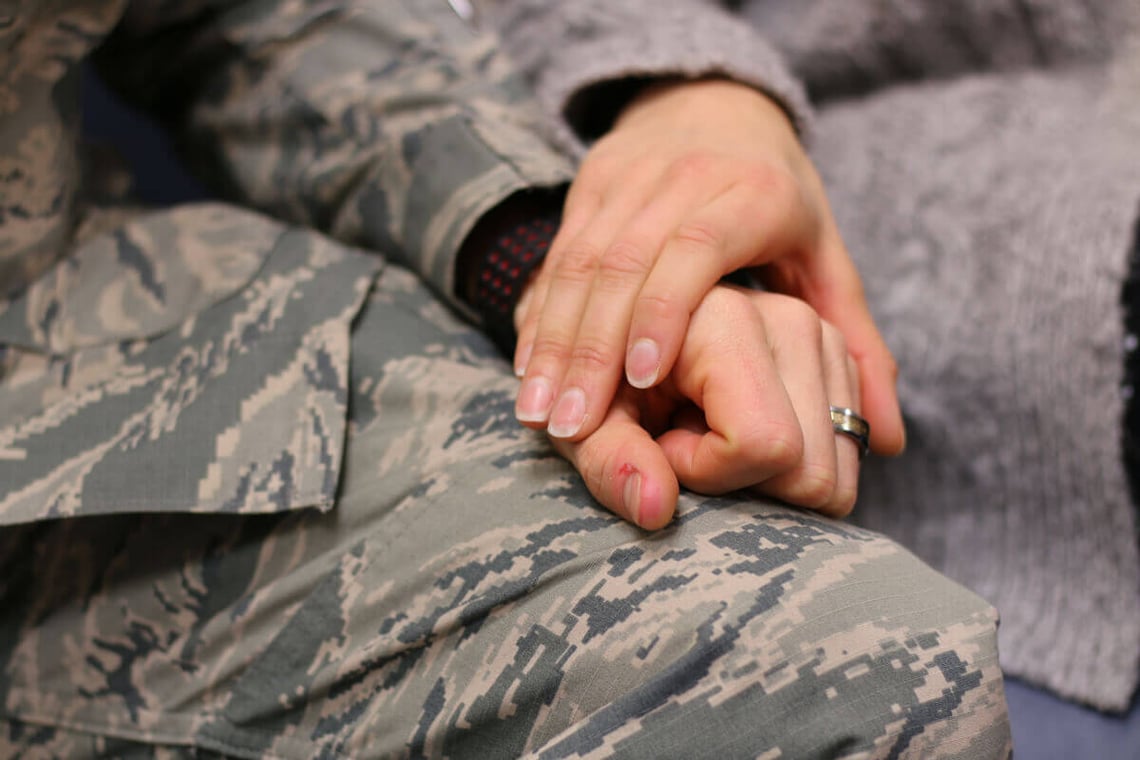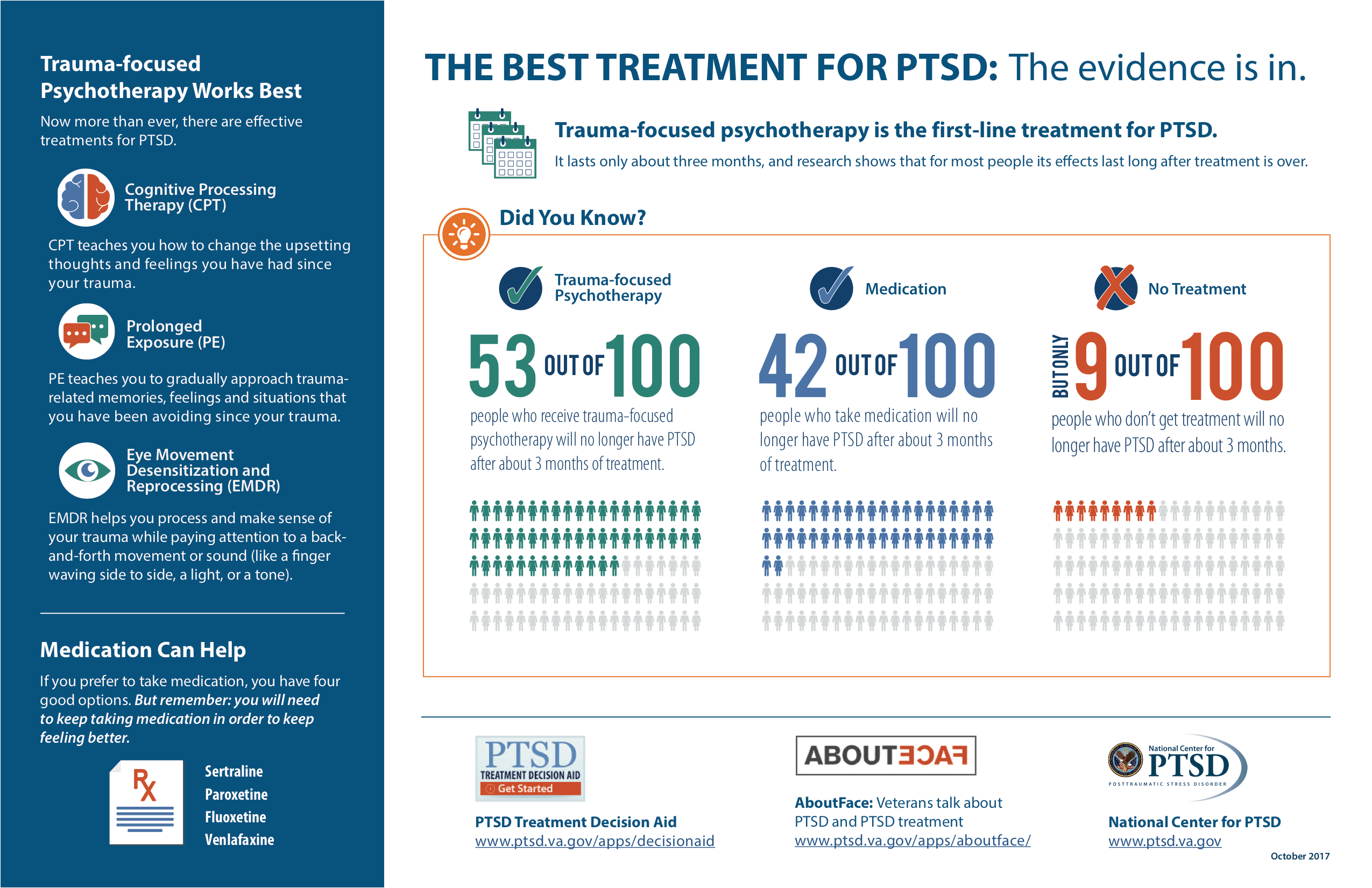
PTSD, or Post-Traumatic Stress Disorder, is a condition where the brain recovers from trauma with prolonged symptoms that affect day-to-day decisions and moods.
Life with PTSD can be very challenging. It creates severe anxiety and depression, and affects jobs, families, relationships - connections needed for survival. Millions of people are affected every year.
Read below to find out more about PTSD, and how you can help raise awareness for those that suffer with it.
![]() Symptoms
Symptoms ![]() Causes
Causes ![]() Treatment
Treatment ![]() Prevention
Prevention ![]() Women
Women ![]() Awareness
Awareness
What is Post-Traumatic Stress Disorder?
Post-Traumatic Stress Disorder is a mental health disorder caused by a significant traumatic event that is defined as scary, frightening, or life-threatening. It results in flashbacks, nightmares, anxiety, uncontrollable thoughts, and sometimes suicide. (1)
Common sufferers of PTSD are service members. Those that serve their country have a higher chance of developing PTSD due to the risk they are in overseas. Events such as the Vietnam War, Iraq War, and the Gulf War are all events that led post-traumatic stress disorders.
It can happen with non-veterans, too. Any traumatic event - from sexual assault to car accidents to natural disasters - can lead to PTSD. Any life-threatening event can put even the most mentally healthy person at risk for PTSD.

Symptoms
After a traumatic event has happened, it takes from 1-12 months for signs of PTSD to appear. They are grouped into four types: intrusive memories, avoidance, negative behaviors, and changes in reactions. (2)
Intrusive Memories- Recurrent memories of the event
- Flashbacks
- Dreams or nightmares
- Severe distress or reactions to something that reminds you of the event
Avoidance
- Avoiding thinking, feeling, or talking about the event
- Avoiding places that are reminders of the event
Negative Behaviors
- Feeling detached from friends and family
- Feeling numb
- Lack of interest
- Memory problems
- Hopelessness
- Negative thoughts about yourself
Emotional Changes in Reactions
- Easily startled
- Constantly guarded
- Trouble sleeping
- Trouble concentrating
- Irritability or aggressive behavior
- Overwhelming guilt or shame
These symptoms can range in intensity throughout time, and vary from person to person. It can be triggered by something you’ve seen or heard, or be a constant presence in your mind. Talk to your doctor if it stays worse for weeks at a time, or if you’re experiencing suicidal thoughts.

Causes
As mentioned earlier, you can develop PTSD when you go through, or witness, a traumatic experience. It can happen at any time and any age.
But, some people don’t get PTSD at all. More often than not, people recover relatively quickly after the event with minimal symptoms (identified as an acute stress disorder). It’s when symptoms remain do doctors will give a PTSD diagnosis. Doctors aren’t certain why people get PTSD, but they are aware PTSD may be caused by: (3)
- Stressful experiences
- A history of mental health risks
- Your brain’s regulation of chemicals and hormones in your body
Living With Post-Traumatic Stress Disorder
Daily life with post-traumatic stress disorder is a constant whirlwind of emotions and reactions that need daily maintenance. Treatments and prevention techniques are used with every person suffering from PTSD so their condition can become a thing of the past rather than the present.
Treatment and Prevention
The main treatments for PTSD are medications, psychotherapy, or a combination of the two. It’s important to know that PTSD should be treated by a professional - simply talking it out with a friend or family member is not enough, although seeking support from family and friends is highly encouraged.
The medications used for PTSD are primarily antidepressants. Antidepressants help maintain the negative feelings associated with PTSD, such as sadness, guilt, shame, anger, worry, and emptiness. Sleep medications may be prescribed to help with dreams and nightmares.
Also known as Talk Therapy, psychotherapy involves talking with a health professional one-on-one or in a group. The therapist may include different kinds of therapy techniques to help treat PTSD. Effective sessions emphasize key components such as education about symptoms, teaching skills to help identify triggers, and skills to manage the symptoms.
CBT, or Cognitive Behavioral Therapy, is another helpful form of PTSD therapy. This therapy practice includes exposure therapy (facing their fear), and cognitive restructuring (making sense of the bad memories). (4)
Unfortunately, no one can prevent PTSD. Getting help from professionals through therapy, and from a support group, can help to prevent worsening symptoms. Turning to family and friends, and to health professionals, allows for healthy coping habits, and reduces the use of unhealthy coping strategies like substance abuse and avoidance. Remember that no one can heal themselves or by themselves.
Women and Post-Traumatic Stress Disorder
About 10 out of every 100 women develop PTSD, compared to the 4 out of every 100 men who develop it. (5) With rape and sexual assault plaguing the nation, women become more and more at risk of post-traumatic stress disorder because of the harrowing psychological effects of forced sexual acts.
How to Build Awareness
PTSD Awareness Month is happening right now in June, and with it are many ways we can raise awareness. There are 4 different ways you can raise awareness with us this month.
1. Spread the Word
Global communication has never been easier since the emergence of social media. This grants us an easy outlet to spread information instantly, and raising awareness has never been easier. Share your PTSD story or support others with posts, tweets, and shares. Be sure to hashtag #PTSD so people from all over can see your posts, not just your friends!
2. Join an Organization
When you pledge with an organization, you can subscribe to updates and newsletters, share content, and understand all you can about PTSD.
Here are several organizations where you can join by the click of a button: (6)
- U.S. Department of Veteran Affairs
- Rally Point
- Real Warriors
- NAMI
- Giveanhour.org
3. Educate Others
Not everyone knows what PTSD is, and not everyone knows what it can do. Educating friends, family, and coworkers on the harmful effects of PTSD can help spread awareness of how dangerous life with PTSD can be. The more the subject is shared, the better it is known by everyone.
4. Order Anxiety Wristbands
Awareness can come in any size, even as small as a custom wristband. Just click the button below to design and order yours today!
Final Thoughts:
According to the United States Department of Veteran Affairs, about 8 million adults have PTSD within a given year. (7) From women to men to even children, PTSD puts everyone at risk to horrors they can't escape from. It's important that we inform the general public about the horrors of post-traumatic stress disorder, and that we spread awareness to a wide audience.
Resources:
Post-traumatic stress disorder (PTSD) (1)
Post-traumatic stress disorder (PTSD) (2)
Post-traumatic stress disorder (PTSD) (3)
Post-traumatic stress disorder (PTSD) (4)
.png)
.png)
.png)



.png)
.png)

.png)
.png)
.png)
.png)
.png)
.png)
.png)
.png)
.png)
.png)
.png)
